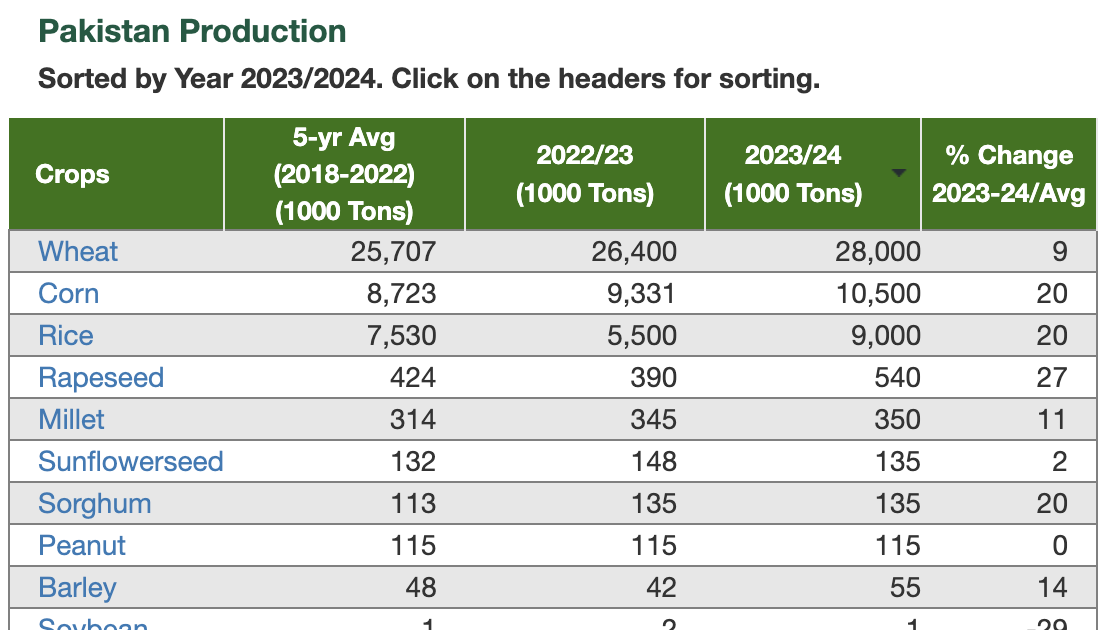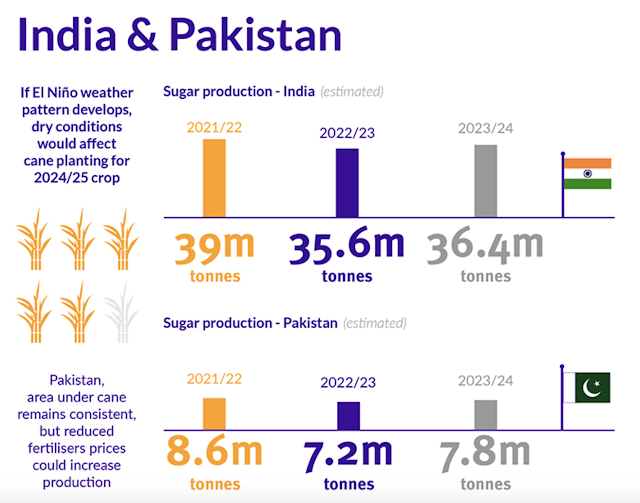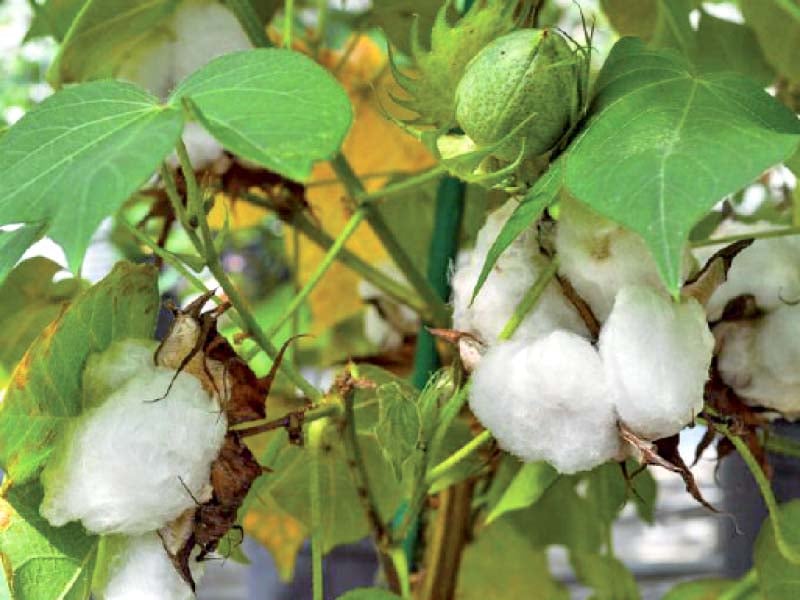
USDA Forecasts Bumper Harvest of Major Crops in Pakistan For 2023/24
The United States Department of Agriculture ( USDA ) is forecasting bumper harvest of all major crops in Pakistan for 2023/24. Major crops i...
The United States Department of Agriculture (USDA) is forecasting bumper harvest of all major crops in Pakistan for 2023/24. Major crops in the country include wheat, rice, sugarcane, corn and cotton. These offer welcome relief for Pakistani farmers who suffered devastating losses in the epic floods of 2022.
Pakistan is projected to produce 28 million tons of wheat, 10.5 million tons of corn (maize), 9 million tons of rice, 6.5 million bales of cotton, 7.8 million tons of sugar and 540,000 of rapeseed (canola) in 2023/24. Each of these production figures is significantly higher than last year's, and higher than the last 5-year average (2018-22) for the country.
Pakistan will still need to import wheat but a lower amount than last year, according to a Global Agricultural Information Network report from the Foreign Agricultural Service (FAS) of the US Department of Agriculture. The record harvest will help lower the country’s forecasted import needs from 3 million to 2 million tons in 2023-24 even as total consumption grows to 30.2 million tonnes from 29.2 million tons. Pakistan imported 2.6 million tons last marketing year.
Higher cotton production in Pakistan will result in 2.3 million tons of cottonseed oil in 2023/24, a 34% increase over the 2022/23 output. This increase reflects expectations for a recovery in yield following the flood-damaged 2022/23 output. This will help reduce cooking oil imports, the country's largest food import, this year. Last year, Pakistan imported $4.5 billion worth of edible oil.
Pakistan expects to export 5 million tons of rice worth $3 billion this year. India's ban on non-basmati rice exports will likely help Pakistani exporters fetch higher prices on the world market.
Pakistan's agriculture output is the 10th largest in the world. The country produces large and growing quantities of cereals, meat, milk, fruits and vegetables. Currently, Pakistan produces over 40 million tons of cereals (mainly wheat, rice and corn), 17 million tons of fruits and vegetables, 70 million tons of sugarcane, 60 million tons of milk and 4.5 million tons of meat. Total value of the nation's agricultural output exceeds $50 billion. Improving agriculture inputs and modernizing value chains can help the farm sector become much more productive to serve both domestic and export markets.
Related Links:
Haq's Musings
South Asia Investor Review
Chicken Cheaper Than Daal
Meat Industry in Pakistan
Pakistan Among World's Largest Food Producers
Meat and Dairy Revolution in Pakistan
Pakistan Floods of 2022
Eid ul Azha: Multi-Billion Dollar Urban-to-Rural Transfer
Pakistan's Rural Economy
Pakistan Leads South Asia in Agriculture Value Addition
Median Incomes in India and Pakistan
Riaz Haq's Youtube Channel
PakAlumni Social Network

USDA Forecasts Bumper Harvest of Major Crops in Pakistan For 2023/24
The United States Department of Agriculture ( USDA ) is forecasting bumper harvest of all major crops in Pakistan for 2023/24. Major crops i...
















